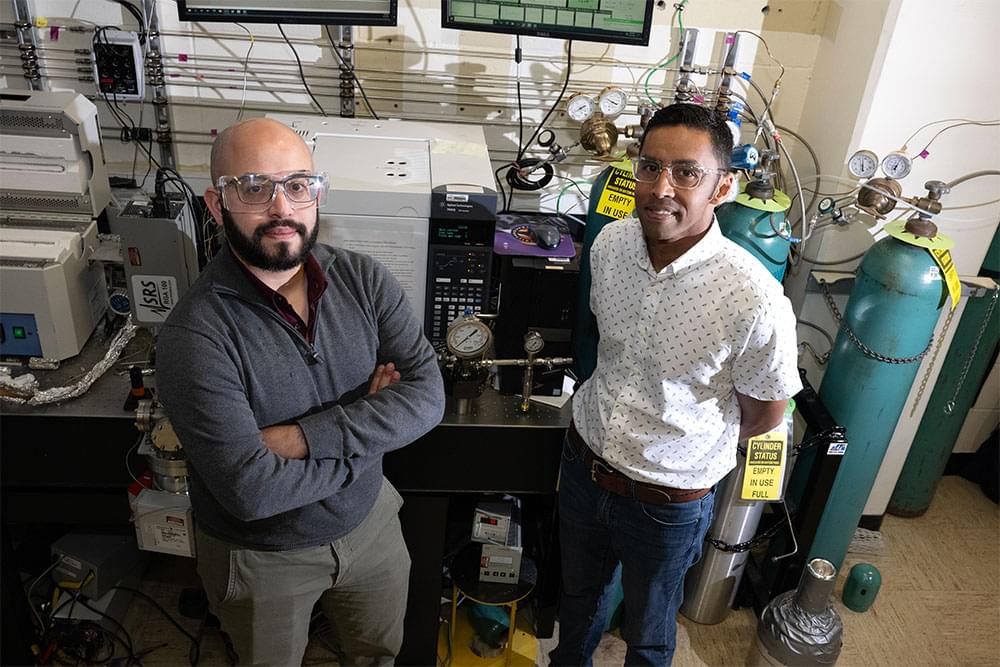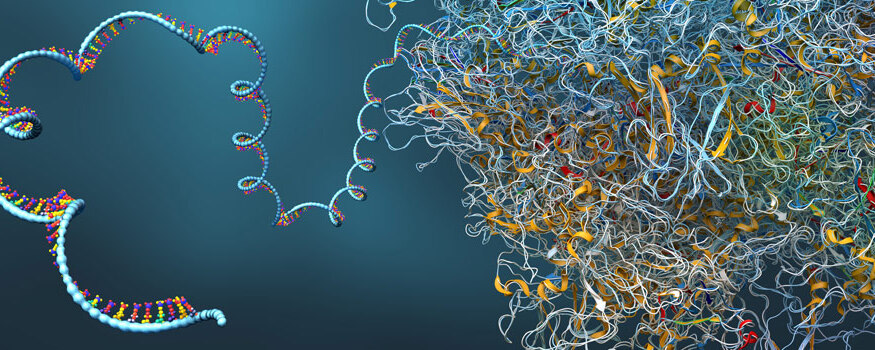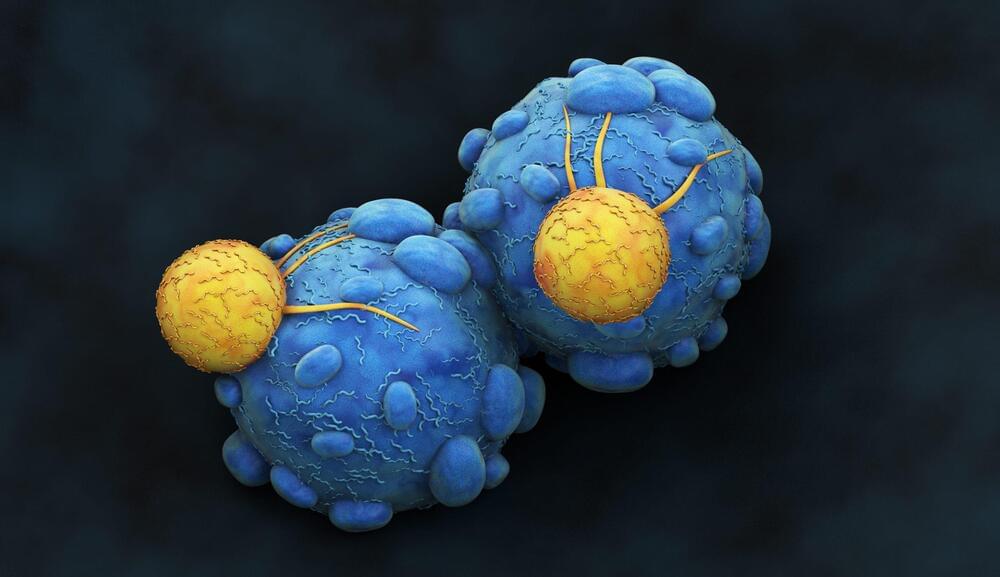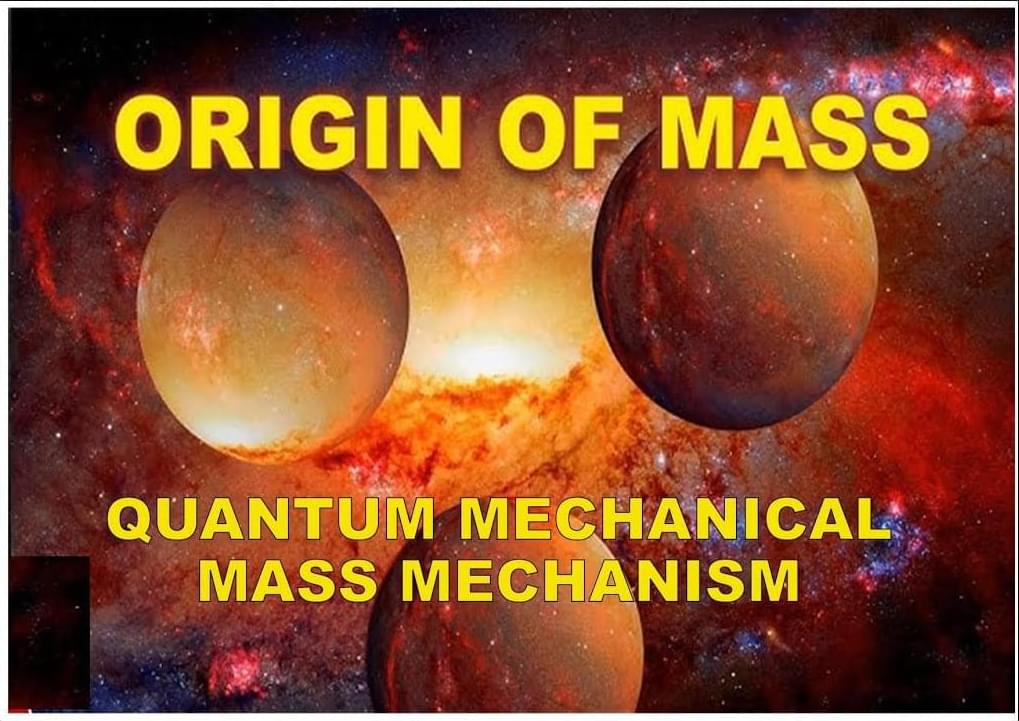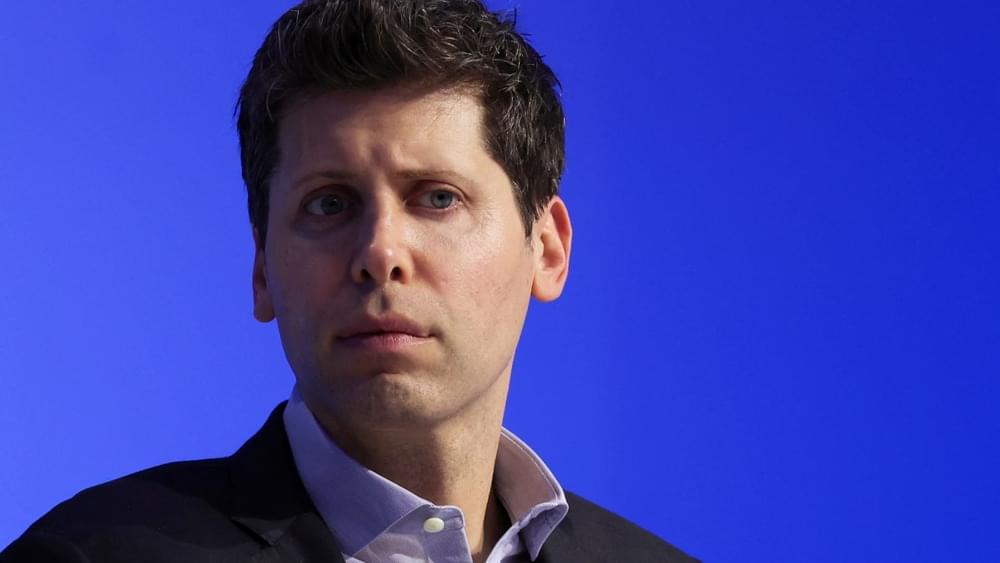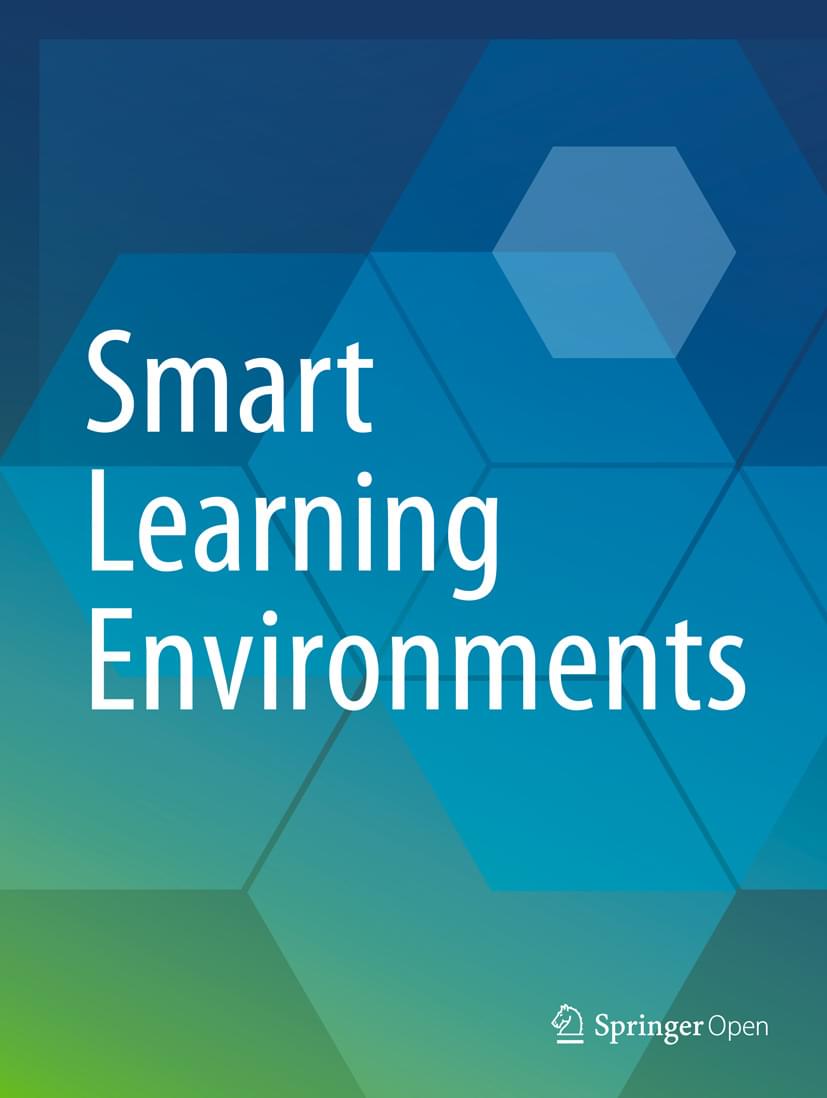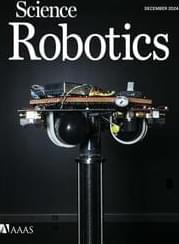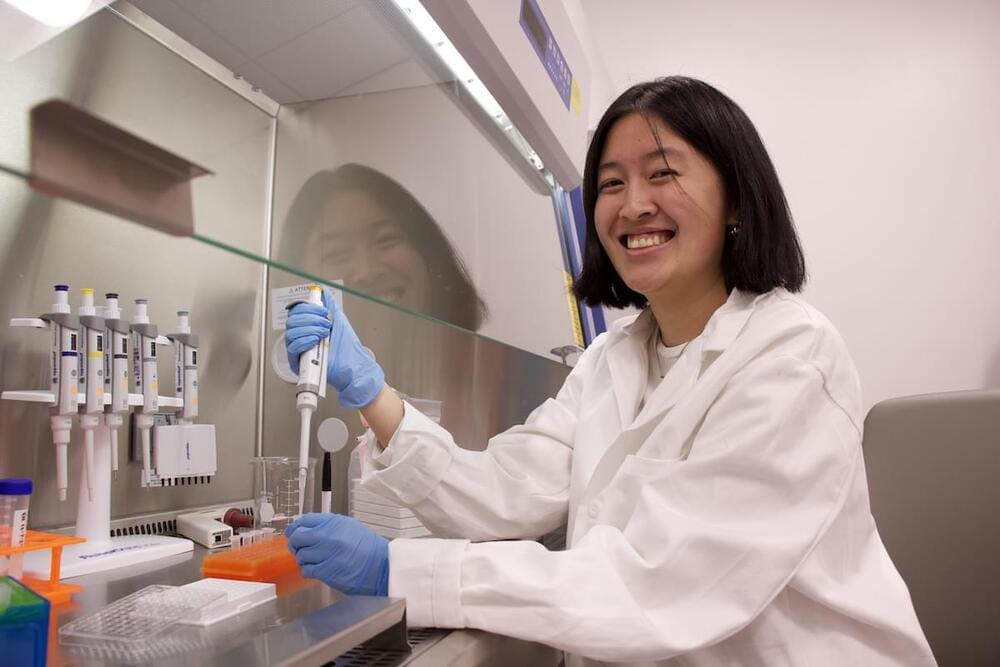Scientists demonstrate highly selective catalyst for low-temperature, direct conversion of natural gas to liquid fuel.
Dr Sekirnik at Sartorius BIA Separations optimised a crucial step in the mRNA production process, resulting in higher yield at lower cost.
Cancer immunotherapy strategy equips T cells with molecular GPS that lets them home in on brain tumors and sites of neuroinflammation.
What happens to our bodies when we don’t see any sunlight?
Simple tricks to fight your winter blues and restore your energy as darker days set in.
It is important to have a mechanism that forms Mass, because if we had a concept of how Mass is formed it would give us a deeper understanding of gravity and help us unity Relativity and Quantum Mechanics.
In this theory Mass increases with speed, because Photon ∆E=hf energy is continuously transforming potential energy into the kinetic energy of matter in the form of electrons.
At low speed kinetic energy is one-half the mass times the velocity squared Eₖ=½mv², but at higher speed the curve for increasing energy starts to look just like the curve for increasing Mass.
This is why energy is equal to mass times the speed of light squared E=MC²
Kinetic energy is the energy of motion, of what is actually happening.
Energy and momentum are conserved as the future unfolds with each photon-electron oscillation or vibration.
Cell Press
Posted in futurism
OpenAI on Thursday announced its first partnership with a higher education institution. Starting in February, Arizona State University will have full access to ChatGPT Enterprise and plans to use it for coursework, tutoring, research and more.
The partnership has been in the works for at least six months, when ASU Chief Information Officer Lev Gonick first visited OpenAI’s HQ, which was preceded by the university faculty and staff’s earlier use of ChatGPT and other artificial intelligence tools, Gonick told CNBC in an interview.
ChatGPT Enterprise, which debuted in August, is ChatGPT’s business tier and includes access to GPT-4 with no usage caps, performance that’s up to two times faster than previous versions and API credits.
This emerging technology report discusses Google Gemini as a multimodal generative AI tool and presents its revolutionary potential for future educational technology. It introduces Gemini and its features, including versatility in processing data from text, image, audio, and video inputs and generating diverse content types. This study discusses recent empirical studies, technology in practice, and the relationship between Gemini technology and the educational landscape. This report further explores Gemini’s relevance for future educational endeavors and practical applications in emerging technologies. Also, it discusses the significant challenges and ethical considerations that must be addressed to ensure its responsible and effective integration into the educational landscape.
Scientists have developed a soft, wearable sleeve that can deliver diverse haptic cues including social touch gestures conveying emotions like attention and happiness.
Read more in Science Robotics.
Penn Engineers have modified lipid nanoparticles (LNPs) — the revolutionary technology behind the COVID-19 mRNA vaccines — to not only cross the blood-brain barrier (BBB) but also to target specific types of cells, including neurons. This breakthrough marks a significant step toward potential next-generation treatments for neurological diseases like Alzheimer’s and Parkinson’s.
In a new paper in Nano Letters, the researchers demonstrate how peptides — short strings of amino acids — can serve as precise targeting molecules, enabling LNPs to deliver mRNA specifically to the endothelial cells that line the blood vessels of the brain, as well as neurons.
This represents an important advance in delivering mRNA to the cell types that would be key in treating neurodegenerative diseases; any such treatments will need to ensure that mRNA arrives at the correct location. Previous work by the same researchers proved that LNPs can cross the BBB and deliver mRNA to the brain, but did not attempt to control which cells the LNPs targeted.
